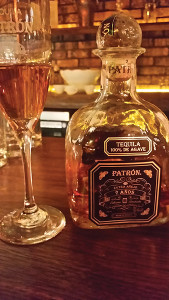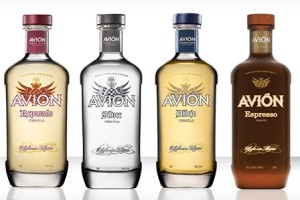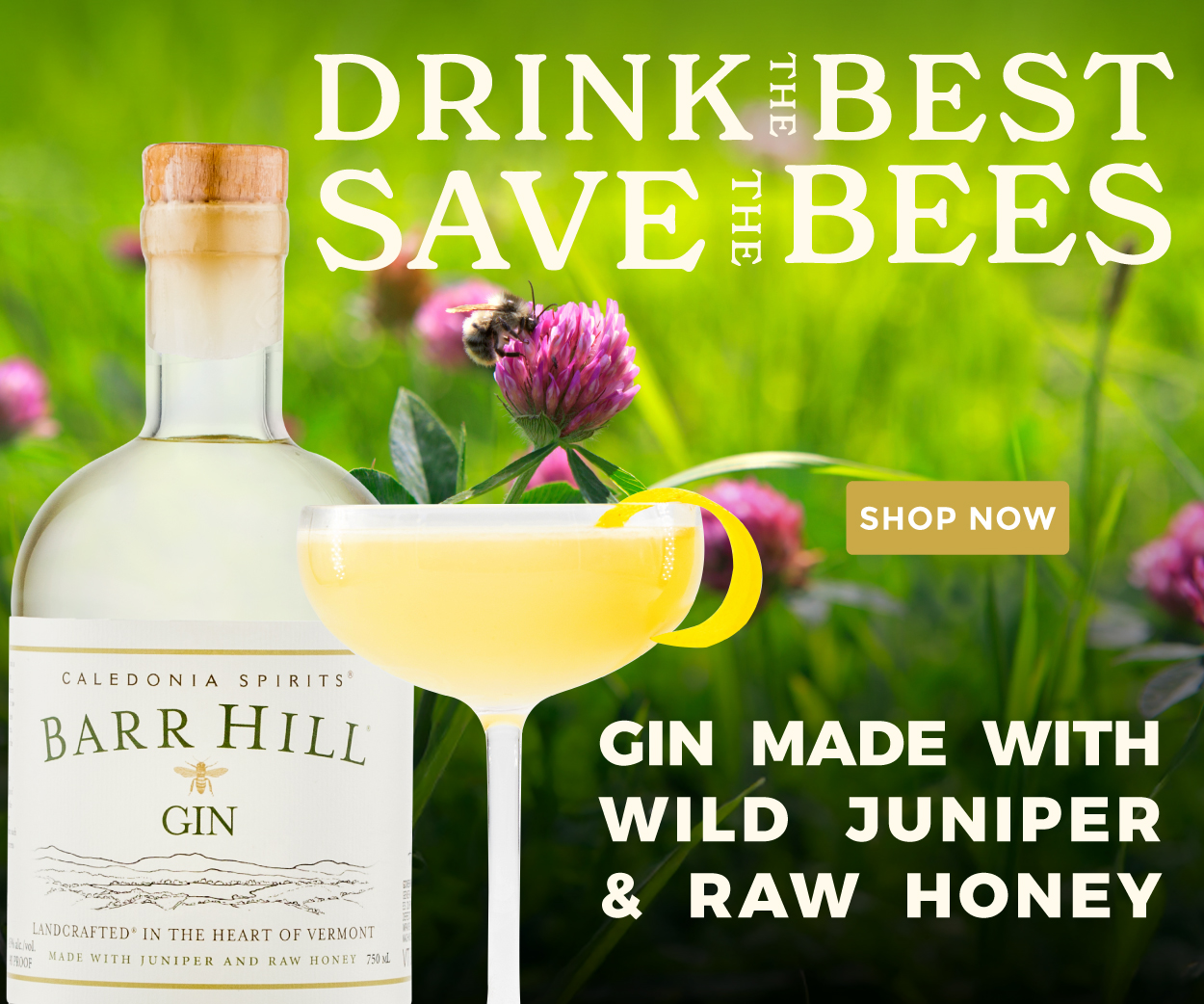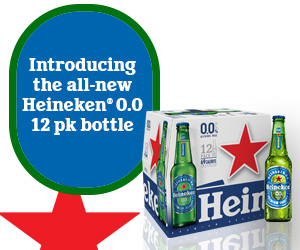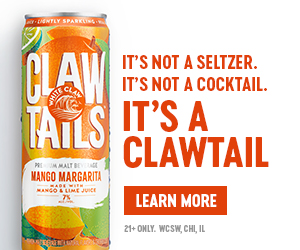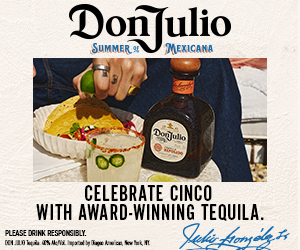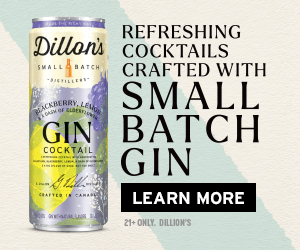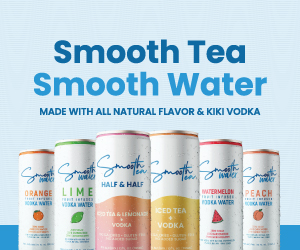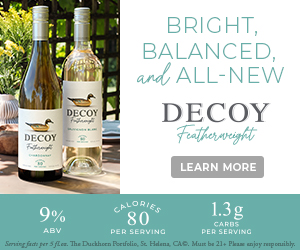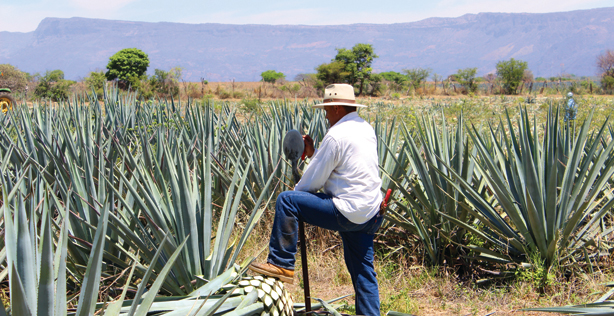
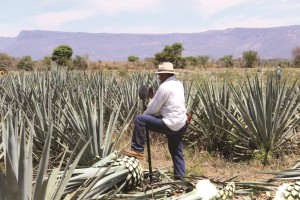
Blue Nectar uses estate-grown agave; here a jimador sharpens his coa (blade) during harvest.
By Jeff Cioletti
Up until the first few years of the new millennium, tequila was widely considered a cheap spirit primarily enjoyed with intoxication in mind. We can largely thank World War II for that. America importers needed something that could be imported inexpensively in large quantities to satisfy the thirst of the wave after wave of returning veterans. Needless to say, much of the stuff that was crossing the border was of a below-premium variety—which is a shame because there was a wealth of artisanal tequila produced by proud family distilleries generation after generation that wasn’t seeing the light of day beyond its point of origin. The dynamic, thankfully, has changed. In the past decade and a half, the tequila segment has followed the path of vodka and cultivated a super-premium price tier.
Where is it produced?
Tequila can’t be called tequila unless it’s produced in Mexico— the state of Jalisco to be precise (though there are limited allowances for tequila produced in specific towns beyond Jalisco).While it’s still common for U.S. importers to bottle tequila stateside, the actual liquid has to come from its Mexican point of origin.
What’s it made from?
Tequila is distilled from fermentedagave, a plant that many mistakenly consider a type of cactus or, equally erroneously, interchangeable with aloe. Despite the vast range of agave varietals indigenous to Mexico, tequila—unlike its smoky cousin, mezcal—may be derived from but one: agave tequilana, also known as blue agave or Weber Blue (named after the German botanist who first classified the species, Franz Weber).
Know your tequila types:
Mixto vs. 100% Agave
While all tequilas are made from agave, not all use 100% agave. If a bottle is labeled simply “agave tequila,” it’s a mixto (mixed), meaning that as much as 49% of the distillate may be derived from other, cheaper sources. 100% agave tequila generally is considered to be of finer quality.
Blanco: aged 0-3 months
Also known as silver, or white. Blanco is the youngest tequila and sometimes bottled fresh off the still, or aged for up to 60 days in stainless steel or neutral oak. With 100% agave tequila, it typically shows bold flavors of agave upfront.
Joven: aged 0-3 months
Joven is a secondary designation for unaged tequila. The category also includes so-called “gold” varieties that get their caramel hue from coloring agents, rather than time in the barrel. It can also be the result of blending silver tequila with añejo or extra añejo.
Reposado: aged 2-9 months
Reposado (literally “restful”) spends anywhere from two to nine months in oak where barrels are usually white oak from France or North America; can be small or large. Variations involve barrel size (can be up to 5,000+ gal.); degree of charring; new vs. used (sometimes barrels hold different alcohol) Aging enables the tequila to develop richer flavors and more complexity.
Añejo: aged 1-3 years
Añejo (aged) tequilas have spent between one and three years in oak. Often matured in barrels previously used for reposados; 600 liters (158 gal.) maximum, with most 200 liters. As with whiskey, extended aging in wood imparts pronounced amber color and after at least one year, añejo can be moved to stainless steel tanks to reduce evaporation
Extra añejo: aged 3 + years
Essentially defined as extra aged, these tequilas have spent three or more years in wood and are considered tequila’s top tier in quality. Dark amber, they are generally smoother, subtler, more complex than other types. Category was established in 2006, so it is still evolving.
FEATURED BRAND: BLUE NECTAR
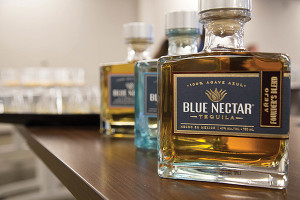
Blue Nectar Tequila is handcrafted in small batches. It is a premium blue agave tequila made in the lowlands of Jalisco, the heartland of tequila country. Available in Silver, Reposado Extra Blend, Reposado Special Craft and Añejo Founder’s Blend.
Blue Nectar was founded in 2010 by father and son duo BN and Nikhil Bahadur, who partnered with family-owned Tequila Selecto de Amatitán, one of the great undiscovered distilleries in Jalisco. After two years they finalized proprietary methods of distillation, aging and blending. Their line stands out for the blue-tint bottled Silver as well as purposeful variations on the classic types. Always made in small batches, Blue Nectar tequilas start with estate-grown 100% blue agave which is roasted then distilled in pot stills, aged in North American oak and hand-bottled.
- Blue Nectar Silver is agave forward with a clean, crisp finish.
- Reposado Extra Blend starts with a base aged 6 to 8 months, blended with 3-year-old extra-añejo.
- Reposado Special Craft, also after 6 to 8 months of aging, is infused with essential oils and a hint of agave nectar.
- Añejo Founder’s Blend is añejo tequila blended with five-year-old extra añejo; velvety, with notes of toffee, vanilla, smoke and oak with a medium dry finish.
Since launching in 2011, Blue Nectar has garnered numerous industry accolades, including 97 points and a Chairman’s Trophy award for Best Reposado Tequila in both 2014 and 2015 at the esteemed Ultimate Spirits Challenge.
What’s it taste like?
It depends. If it’s 100 percent agave tequila (as the finer ones are), you’re going to get more of the base ingredient’s characteristics.
- Silver/blanco tequilas’ notes ranging from citrus to peppery spice will be most pronounced, since there are no wood-derived notes competing with the distilled agave.
- Mixto tequilas whose agavederived distillate is cut with neutral spirit, likely will have more of an ethanol nose masking much of the agave character.
- Reposado, añejo & extra añejo have graduating levels of vanilla/oak character harmonizing with the agave-produced notes.
FEATURED BRAND: PATRON
Some 500 years ago, all tequila was produced by the “tahona” method, which took its name from the giant volcanic stone wheel that was used to slowly crush the cooked agave and release its rich juice. Today, only a handful of distilleries in Mexico still use this method, with Patrón by far the largest practicioner. The core line of Patrón tequilas are a blend of both “tahona” and roller-mill tequilas, and the new Roca Patrón line of tequilas are produced entirely from this ancient method, resulting in a very complex, earthy flavor.
Common Uses for Tequila
Tequila can be neat Reposado, añejo and extra añejo of the 100% agave variety are often enjoyed neat or on the rocks, maybe with minimal accoutrement like a lime garnish. Silvers are best for mixing in the run away favorite tequila cocktail, the margarita. The classic margarita (tequila, lime juice and triple sec, with or without a salt-rimmed glass) is usually served on the rocks or frozen into a slush. These days, it seems, you can call anything with a fruit base—from pomegranate to honeydew to mango—and a shot of tequila a margarita. One of the best-loved cocktails of the 1970’s was the Tequila Sunrise (tequila, orange juice, grenadine and ice). One that’s enjoying a renaissance through the craft cocktail revolution, the Paloma (tequila, grapefruit juice—or, if available, grapefruit soda—lime juice, optional salt for rimming and, in the absence of grapefruit soda, seltzer or club soda).
What’s the deal with the worm?
There’s a common misconception of a worm at the bottom of a bottle of tequila. The red worm (“gusano rojo”) is actually in some mezcals (and only in a very small minority of brands, at that); it’s never been in tequila. Historically, worms had been street food in parts of Oaxaca—known for their own bacon-like flavor, which complements the smokiness of the agave.
A true pace-setter in terms of recasting tequila’s image, Tequila Avión today is emphasizing the ability to rival sipping spirits as well as versatilityin contemporary takes on classic cocktails. “People are becoming more interested in the quality and craftsmanship with which spirits are made and that’s a very good thing,” says Dominic Alcocer, Director, Tequilas. “More and more Americans are realizing that tequila doesn’t have to be what they remember—that brands like Avión are smooth and full of character when sipped neat, and delicious in a cocktail.” What makes Avión so mixable? A combination of pristine ingredients and meticulous methods:
- Tequila Avión is an ultra-premium, 100% blue agave, highlands tequila
- Roasting takes place only in brick ovens, for three days
- Slow-filtering develops unmatched smoothness
- An extremely narrow cut, the “corazón” of the distillate, is used, causing it to take up to 30% more agave to make a bottle of Avión
- All aged expressions are rested in ex-American whiskey barrels far longer than required
Anchored by the Elevated Margarita, Avión’s on-premise strategy is to empower mixologists to bring all levels of tequila to consumers in creative, optimal ways. Avión has won three significant awardsat the San Francisco World Spirits Competition: Best Tasting Tequila, Double Gold (unanimous decision by 30+ judges) and Best Unaged White Spirit (beating out hundreds of vodkas, gins and rums).
Difference between tequila & mezcal?
- Location: For starters most tequila must be produced in the state of Jalisco. Most mezcal is produced in Oaxaca, but there are no restrictions on other states in which it may be distilled.

- Plants: Tequila may use only one agave varietal, while mezcal may use around 30, all with different flavor nuances.
- Character: Mezcal is also smoky in flavor and aroma; the agave hearts are baked in underground charcoal ovens, versus steam ovens for tequila, which gives mezcal that smokiness.
What is the latest tequila trend?
Consumers—especially those much-soughtafter millennials—are getting more savvy about things like point of origin and how their drinks are made. Increasingly they’re gravitating toward those whose labels read “100% agave tequila” versus simply “agave tequila.” Thanks to the recent whiskey surge, they’re also taking an interest in aged tequilas, looking for the same sort of barrel-derived notes in reposados, añejos and extra añejos.
Share this link or the PDF.

